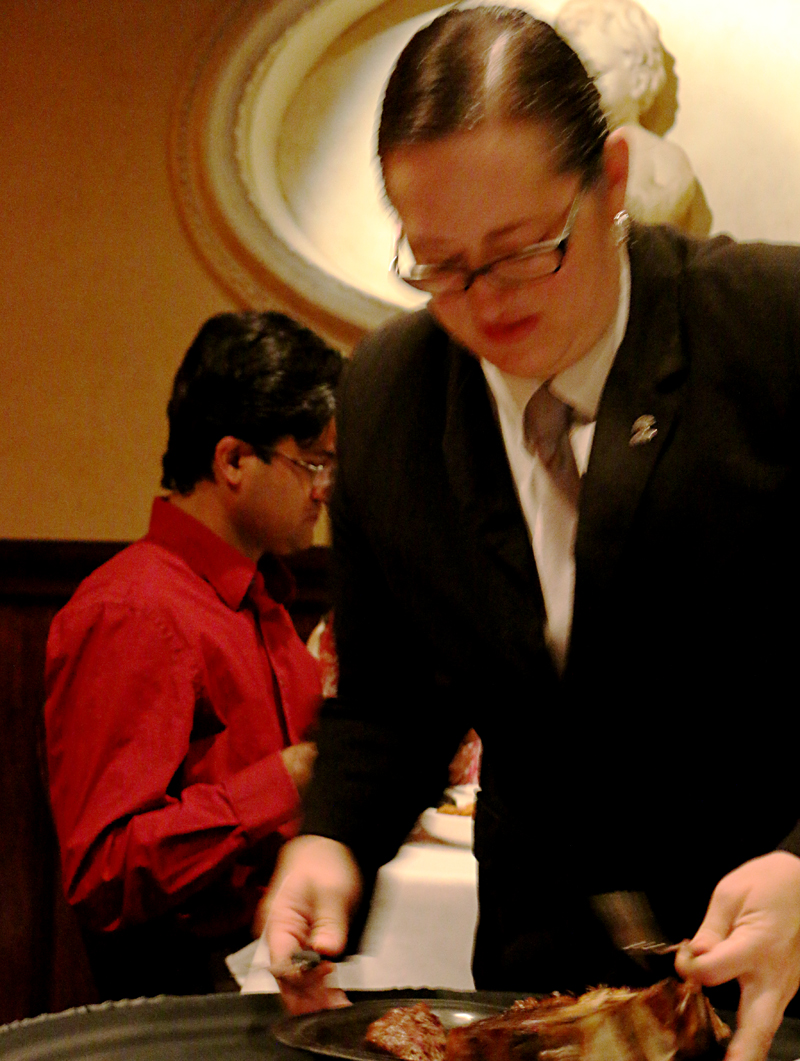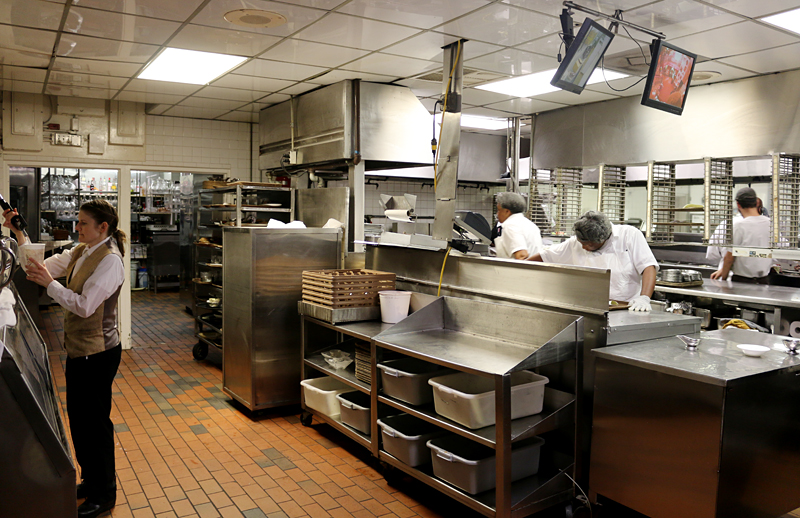As more restaurants and other dining establishments have been reopening due to the easing of restrictions that were imposed due to the current 2019 Novel Coronavirus pandemic — and they are permitted to serve at full capacity in an increasing number of locations — they are facing issues which have been either causing long wait times for their customers, resulting in reduced hours of operation, or forced them to close temporarily or permanently altogether.
5 Reasons Why Dining Out May Not Be as Easy in 2021

The reasons which have been attributed to the woes of the restaurant industry include — but are not limited to:
- A shortage of waiters, servers, and other employees due to:
- Extended unemployment benefits and economic stimulus payments which added up to more compensation than actually going to work
- Supposed “toxic” work environments
- A mandatory increase in the minimum wage paid to workers, which significantly imposes on the slim profit margins of restaurants and other dining establishments
- Shortages of certain foods and other supplies — such as ketchup as one of many examples
- Restrictions are still hindering restaurants in many locations — including offering only take-out and drive-thru services while dining rooms remain closed or at reduced capacity
Extended Unemployment Benefits and Economic Stimulus Payments

“Restaurant companies added 187,000 jobs in April, according to new federal data released on Friday, continuing their run of hiring this year as dining rooms reopened and customers flock to their doors”, according to this article written by Jonathan Maze of Restaurant Business. “But the industry still employs far fewer people than it did before the pandemic, even as many restaurant companies see sales above their pre-pandemic levels. The industry employs 10.6 million people—4.3 million more workers than it employed a year ago—but still 1.7 million fewer people than it did in February 2020, before the pandemic led to widespread closures and shutdowns of dine-in service.”
As for economic stimulus payments — which were meant to help boost the economy for the millions of people who lost their income as a result of being relieved of employment due to the current 2019 Novel Coronavirus pandemic — concern does exist that those stimulus payments are keeping Americans from taking jobs: “Total nonfarm payroll employment rose by 266,000 in April, and the unemployment rate was little changed at 6.1 percent”, according to this official news release from the Department of Labor Statistics of the United States on Friday, May 7, 2021. “Job gains in leisure and hospitality, other services, and local government education were partly offset by losses in temporary help services and in couriers and messengers.”
In many cases, staying home and receiving extended unemployment benefits and economic stimulus payments added up to more compensation than actually being employed and working hard for several consecutive hours each day — especially for some employees in the restaurant industry who consider where they work to be toxic work environments.
Toxic Workplace Environment

As for the toxic environment in a dining establishment, “With a foot in the door, it’s easy to look past unpleasant or unsafe behavior, especially when no one else is sounding an alarm”, according to this article written by Lindsey Danis for Eater. “Change finally seems possible. Pre-pandemic, a persistent labor shortage left management desperate to stem employee turnover; some restaurants increased wages, added perks that boosted collegiality, and focused on retention. Industry professionals began taking a harder look at themselves in the wake of the #MeToo movement, which shed light on the level of sexual harassment women and gender-nonconforming people experience at the hands of their employers, coworkers, and customers. Hopefully the momentum from the #MeToo movement will continue to shift restaurants away from the ego-driven chef culture that breeds toxic workplaces. The whisper networks warning of sexual predators, racist work environments, or abusive bosses evolved into the public callouts seen last summer and, more recently, in Hannah Selinger’s account of living in fear while working for one of the most famous — and famously bad-tempered — chefs in the country.”
The toxic work environment was further exacerbated by the fact that cooks, dishwashers, and other restaurant workers can be constantly in close quarters in the “back of the house”, where space is limited and distancing from each other is almost impossible to do — creating a supposedly dangerous environment which allegedly increased the chances of contracting the 2019 Novel Coronavirus.
Mandatory Increases in the Minimum Wage to Employees
The minimum wage has been increasing as well. The District of Columbia and the states of California, Connecticut, Illinois, Maryland, Massachusetts, New Jersey, and New York all have already adopted an eventual increase for employees to be paid a minimum wage of $15.00 per hour, according to data from the National Conference of State Legislatures — and in some cases, that includes employees of the restaurant industry, who rely on tips and gratuities as a significant part of their incomes.
While some low wage workers are indeed benefiting from the increased minimum wage, John Stossel argued in this video back on July 23, 2019 that the minimum wage of $15.00 in Seattle has actually hurt beginners with no experience and caused more unemployment because owners of businesses do not want to pay higher wages to inexperienced people.
Shortages of Certain Foods and Other Supplies
Shortages of certain foods and other supplies — such as ketchup as one of many examples — have caused consternation in the restaurant industry…
…and some supplies have been limited due to reduced production of them as a result of decreased demand which was caused by the current 2019 Novel Coronavirus pandemic — as well as at least 50,000 fewer qualified people to drive trucks which carry these supplies.
A possible shortage of refined fuel due to a cybersecurity attack of a major pipeline may further extend and exacerbate the shortages.
Summary

Experiencing a notable degradation of service is not a given at all restaurants, as you are likely not going to notice a difference in your experience when dining out…
…but knowing what is currently occurring in the restaurant industry can help you expect a less than stellar experience in case it happens.
As the current 2019 Novel Coronavirs pandemic continues to wane — for now, anyway — hopefully the restaurant industry will continue to recover to a point where customers can enjoy a positively memorable dining experience while simultaneously ensuring that employees are fairly and equitably paid while working in safer and less toxic environments.
All photographs ©2015, ©2017, and ©2019 by Brian Cohen.
